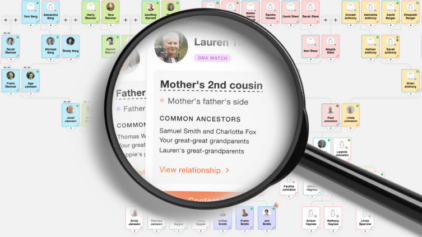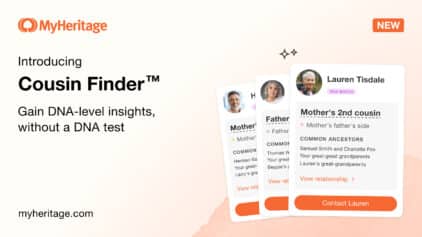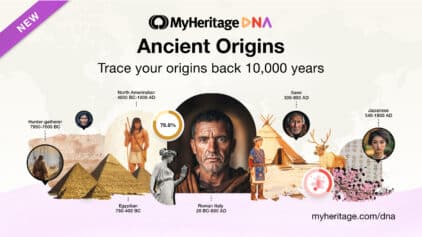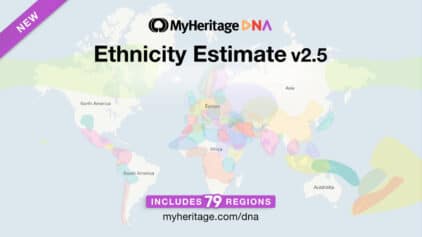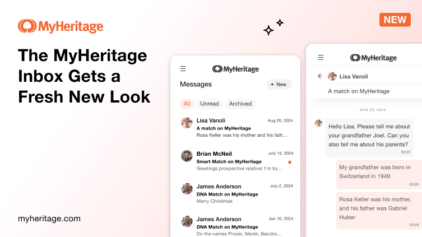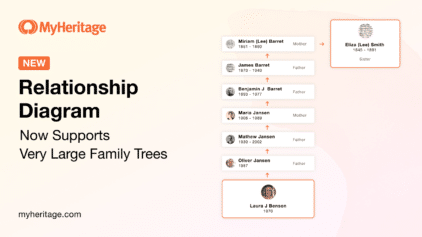What DNA Tests Can Reveal about Ancestors and Heritage
- By Melanie ·
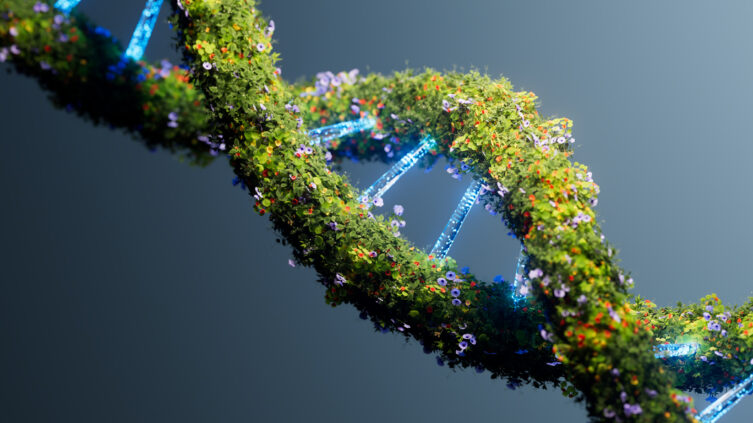

When you want to learn all you can about where you came from, it makes sense to take advantage of one or more of the DNA testing options out there. They can reveal a surprising amount about your family tree, distant ancestors, and heritage. With just a simple cheek swab or spit sample, you uncover ethnicities you didn’t know you had and connect with relatives that were a mystery in the past. This is a powerful tool for genealogical researchers.
Connect to Genetic Relatives: DNA Helps Build Family Trees
Although the most popular stories of DNA matches reveal close relatives, like in the case of this 58-year-old woman who discovered her biological father, they have applications for in-depth genealogical research, too. Once you send in your sample and process it, multiple platforms can connect you to entire family trees. This helps you fill the gaps and confirm relationships you already found through other research means.
Contacting still-living relatives found in this way can also help. If you reach out to them and they respond, you can uncover new details, photos, and stories of people tangentially related to you. Complete paper trails confirm connections.
Heritage, Ethnicity, and Relative Migration Over Time
DNA tests are not all about finding long-lost cousins or figuring out exactly who your great-great-aunt was. Many people love to discover cultural connections they never knew about before. It’s just another way to learn more in-depth truths about yourself. Perhaps your family always said you came from Italy, but DNA tests show a surprising Scandinavian branch. If your heritage was lost due to extreme situations, heritage testing can give powerful information about your identity. Knowledge leads to more appreciation for the amazing journeys people took generations ago.
It’s important to decide what you want from your DNA research as a serious genealogist. Of course, you can get all the information the testers choose to share with you and disregard whatever does not fit your goals. Knowing how to make the most of the DNA testing empowers you to streamline your research process.
Choose the Right DNA Test for your Research Goals
Four main types of DNA tests exist: autosomal, mitochondrial (mt), X, and Y related. The most common offer by genealogy-focused platforms like MyHeritage is an autosomal test. This offers a great starting point in your journey to understanding your ethnicity and discovering family tree members on the closest branches.
Autosomal DNA tests look at chromosomes from both parents and how they’re expressed in you. If you want to find an unknown parent, grandparent, full or half siblings, and first cousins, this is the right option. X DNA tests are a subset of this type, but they look only at the X chromosome from the mother’s side. Mitochondrial DNA does this as well, as the chromosomes here only come through the maternal lineage. Genetics from the father’s side also come out in the more specific Y DNA tests. This can help you discover an unknown biological father and his ancestors.
If you’re at the beginning of your genealogy research, start with a simple autosomal DNA test. This will provide information about ethnic and cultural heritage and closer relative matches. These can open up doors to family tree branches you didn’t know anything about. If these people are amenable to communication, they can expand your research even further.
No matter what your goals, testing DNA offers an amazing amount of information for most people curious about who they are and where they came from. It’s an essential and powerful tool in the quest for missing pieces in the puzzle of your past.


